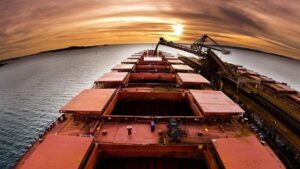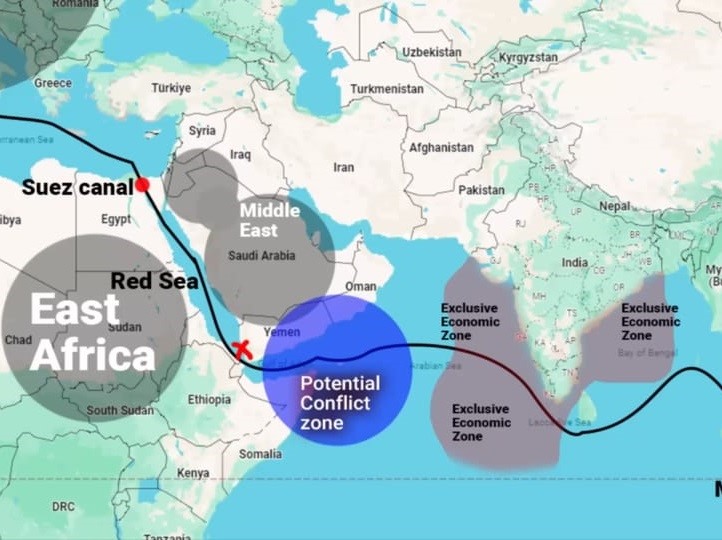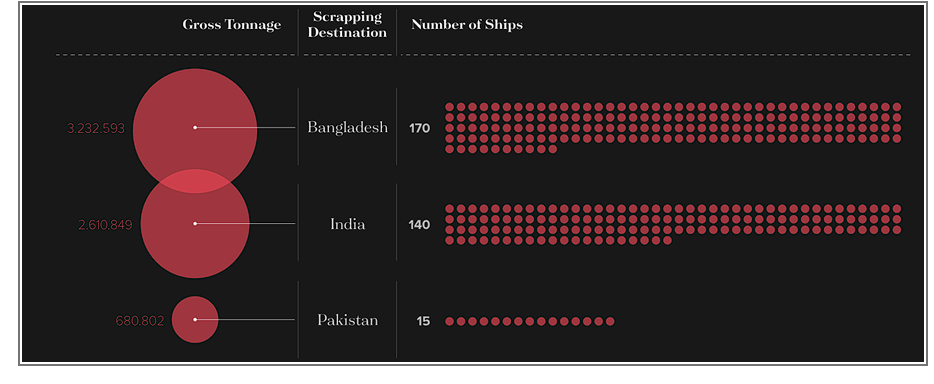Global iron ore shipments drop amid supply disruptions

Global iron ore shipments have declined by 7% year-on-year during the first seven weeks of 2025, driven by supply disruptions and reduced Chinese import demand.
Australian exports have been hit hardest, dropping 10% year-on-year, while Brazilian shipments have decreased by 5% year-on-year.
Despite the relatively better performance of Brazilian shipments, which are boosting average sailing distances, tonne-mile demand has still fallen by an estimated 6% year-on-year, according to Filipe Gouveia, Shipping Analysis Manager at BIMCO.
The decline in iron ore shipments has worsened significantly over the past week. A cyclone forced the closure of Australia’s largest iron ore port for three days, causing Australian shipments to plunge 55% year-on-year. Brazilian shipments have also slowed, partly due to a fire at Vale’s facilities in Port Tubarão. In the preceding weeks, global iron ore shipments had fallen by a more modest 1% year-on-year.
“The weakening in iron ore shipments has contributed to a slump in freight rates. So far this year, the Baltic Dry Index (BDI) has on average been down 44% y/y. Furthermore, the capesize segment has performed even worse, with rates taking a 55% y/y hit,” stated Gouveia.
Iron ore is the largest dry bulk commodity, with the Capesize segment handling the majority of its transportation—accounting for 75% of iron ore volumes and 71% of tonne-mile demand. Consequently, significant fluctuations in iron ore volumes have a direct impact on Capesize freight rates. In addition to iron ore, Capesize vessels also carry coal and bauxite, which have experienced more stable shipment volumes.
Beyond supply disruptions, demand remains a major concern. Domestic steel demand in China has been weak, with steel production likely continuing to decline. While Chinese steel exports via dry bulk carriers have surged 44% year-on-year, this increase has likely not been sufficient to offset weaker domestic demand. Meanwhile, iron ore inventories at Chinese ports have stayed relatively stable and high since July 2024.
China receives 74% of global iron ore shipments, with Japan and Korea accounting for an additional 10%. However, import demand from Japan and Korea has dropped 8% year-on-year in 2025. Both nations, major steel exporters, have been adversely affected by increased competition from Chinese steel in domestic and international markets, leading to reduced steel production.
“We expect that growing steel demand outside of China could keep iron ore shipments from falling compared to 2024 levels, but the outlook remains cloudy. Tariffs on steel products, particularly those from China, have increased. This could cause steel export growth to slow and weaken production by key iron ore importers. Lastly, uncertainty remains regarding the strength of the Chinese economy which could greatly impact global iron ore import demand,” added Gouveia.

![]()
The post Global iron ore shipments drop amid supply disruptions appeared first on Container News.
Content Original Link:
" target="_blank">



























































